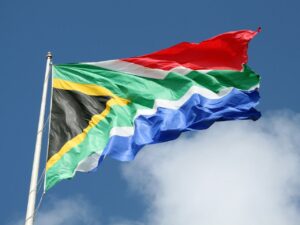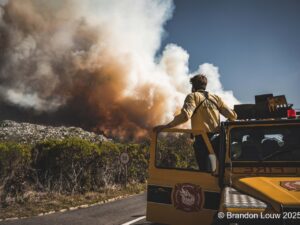[imagesource: Brian Stauffer/ Foreign Policy]
The COVID-19 pandemic has had a profound effect on the tourism sector.
Governments across the globe have had to close borders to limit the spread of the virus, depriving the industry of foreign tourists that would ordinarily contribute significantly to the economy.
In South Africa, thousands of businesses and jobs are at risk. Hoteliers large and small have closed establishments, attractions are shut, and airlines have ceased operations.
The only way to combat this is for the sector to reopen, but this comes with some unavoidable risks. The recovery for the tourism industry once it resumes operations will be a long and difficult one.
A draft recovery plan, published by The Department of Tourism, details international and local predictions for when tourism may open up to international travellers, using modelling that accounts for infection patterns and recovery scenarios.
Current estimates forecast a global re-opening between August 2020 and early 2021. This scenario assumes that the generally observed global recovery trajectory persists and that progress towards enhanced treatments for COVID – 19 continues.
South Africa itself looks set to emerge more slowly than many regions, although key source markets in Europe and North America are also facing a fragile recovery.
Tourism in South Africa is expected to recover through a series of phases, ranging from hyper-local community attractions, through to broader domestic tourism and, finally, the resumption of international travel.
To facilitate gradual re-opening, the tourism sector, guided by the country’s Risk Adjusted Strategy has been pro-active in establishing biosecurity protocols that reduce transmission risk across all sub-sectors and can adapt to changing requirements and best practice.
These will be rolled out under a self-regulation framework in conjunction with the government’s risk-adjusted strategy and will determine when and how various industries within the tourism value chain are able to resume operations.
This infographic outlines the three-tier plan that the Department of Tourism plans on rolling out over the next few months:

If you’re struggling to read the above, you’ll find it on page nine of the full PDF.
Or, take in a simplified version:

As for when we can expect international tourists to return to the country, the model below outlines some of the estimated travel periods for the primary “source countries” for tourism:

You’ll find a larger version of the graph on page 33 of the full PDF.
The model depicts predictions between August 2020 and May 2021, according to data collected about the virus in each country. For domestic travel, within the respective country, the opening window is set between August 2020 and mid-February 2021.
International travel to and from the respective country is set between November 2020 and May 2021, which would allow travel to South Africa, depending on where we are in terms of our own COVID-19 cases and whether or not it is safe, and procedures are in place to receive foreign visitors.
Two further global scenarios outlined by the department include a more fragile recovery with isolated setbacks that takes longer, or a prolonged pandemic where the hunt for a vaccine is largely unsuccessful and transmission of the virus is not adequately contained.
If you’d like to take a deep dive into the facts and figures, BusinessTech broke down the details of the report.
If global trends continue they way they’re going we could be looking at reopening out borders to international tourists sooner than anticipated.
It all comes down to what happens over the next few months.
[sources:departmentoftourism]





